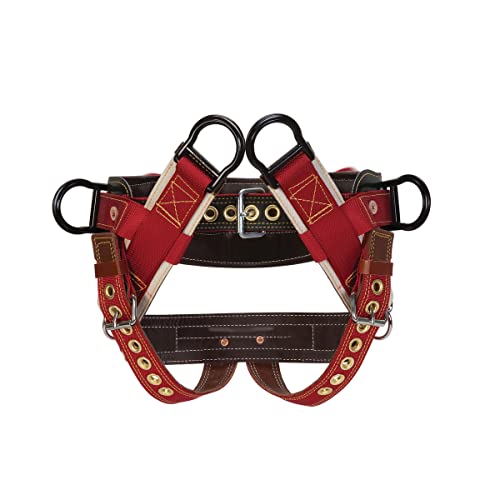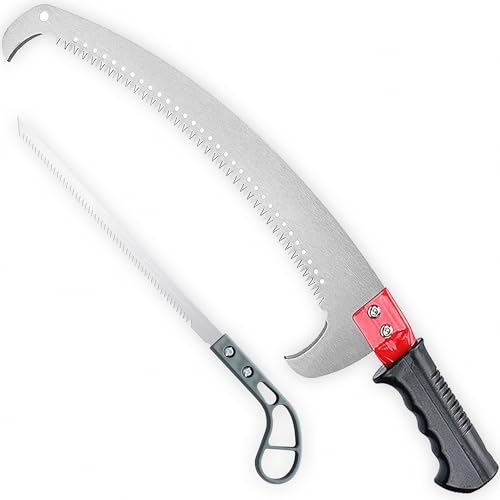It is the terminology used to describe the transfer ports in the cylinder casting.
With an open port design, the transfer ports and passage are "open" to the cylinder bore for their full length. Viewed from the bore they look like slots.
With a closed port design, the port is a hole in the cylinder wall, with the transfer passage isolated from the bore, (cast into the cylinder outside of the bore, may have a cover on the outside).
A closed port tends to be more expensive to produce but allows for more precise port timing and better crankcase displacement to cylinder displacement ratio, better piston ring to cylinder wall contact, etc.
A closed port saw will likely produce more power, turn faster, and be more responsive, than an open port one of the same size.






















































